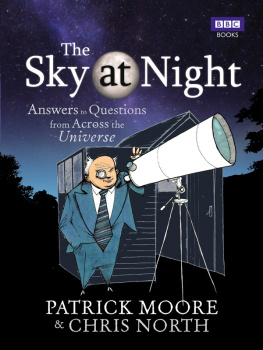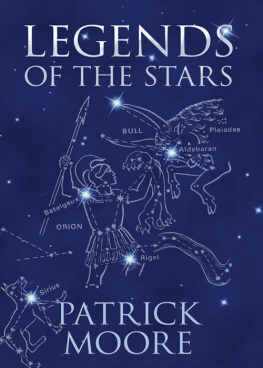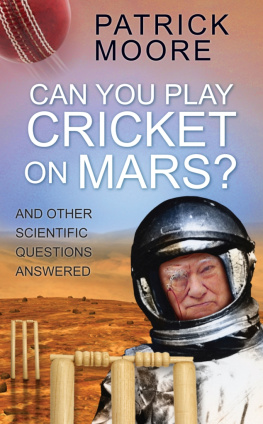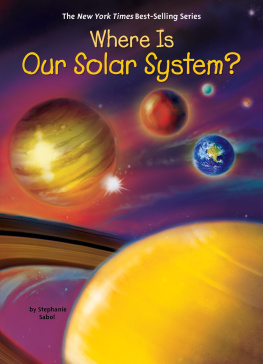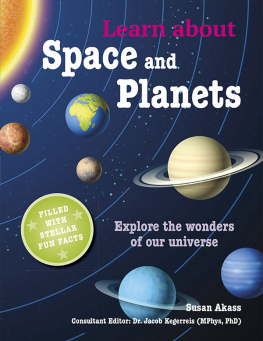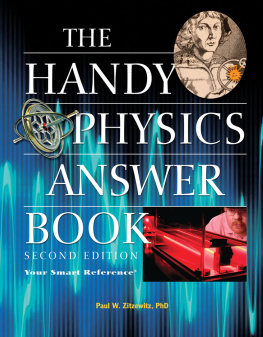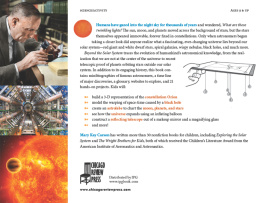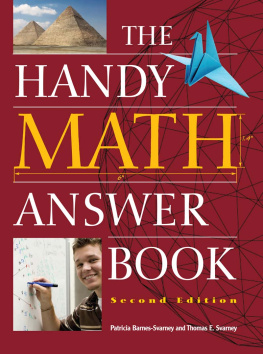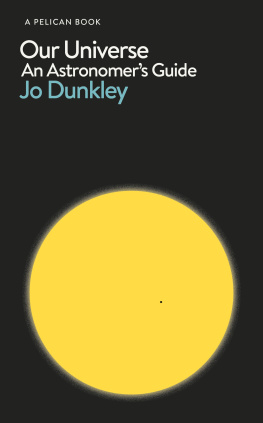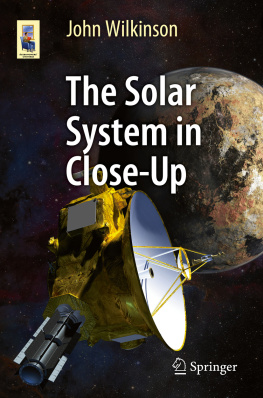Contents
About the Book
Celebrating the 55th anniversary of The Sky at Night, this book collects questions sent in by viewers and fans, answered by Sir Patrick Moore and Sky at Night co-presenter Dr Chris North.
With sections on the solar system, cosmology, the bizarre and unexplained, space missions, the Moon, and more, this is an exciting journey into space for the novice astronomer and the lifelong stargazer alike.
Discover how scientists work out the gravity of planets, how we measure the distances to stars and how fast were moving through space. Find out what the Great Attractor is, what makes planets spherical, and the basic principles of space navigation. Learn how to start observing the sky, what event inspired Patrick to take up astronomy, and just how many of his cats are named after celestial bodies.
From comets to black holes, Orion to eclipses, and Mercury to meteors, The Sky at Night is the ultimate introduction to the wonders and mysteries of the Universe.
About the Author
Sir Patrick Moore, CBE, is a British amateur astronomer, researcher, radio commentator and television presenter, and author of over 70 books on astronomy. He is a former president of the British Astronomical Association, and co-founder and former president of the Society for Popular Astronomy. He is a specialist on observing the Moon, a Fellow of the Royal Society, and is one of Britains best-loved and most popular television personalities.
Dr Chris North is an academic researcher at Cardiff Universitys School of Physics and Astronomy. His research primarily involves the design, build and operation of astronomical telescopes and instruments, though he also has a strong involvement in public outreach and education. He has worked on the Planck Satellite and the Herschel Space Observatory, and is one of the team behind Chromoscope, a popular online astronomy visualisation tool.
Foreword
The Sky at Night is the worlds longest-running programme with the same presenter. Every month, Sir Patrick Moore continues to extend this unique record, and I very much doubt he will ever be beaten by anyone else. The reason for The Sky at Nights success is certainly Sir Patrick himself and the awesome subject that he so enthusiastically communicates.
The first programme was aired on 24 April 1957 and helped usher in the space race. Since then every possible aspect of astronomy, from comets to quasars, has been covered. Sir Patricks good sense of humour helped him report on some unusual stories too, such as UFOs and little green men. Sir Patrick has always maintained that if an alien arrived in his garden, he would invite him into his study, sit him down and offer him a gin and tonic; a possibility I have never ruled out.
For the past ten years, Sir Patrick has invited the BBC into his home to film The Sky at Night. Transforming his study into the programme set you see on TV every month is nerve-wracking. There are piles of precious documents and manuscripts, not forgetting the multitude of remote controllers and spectacles. It is organised chaos and, unfortunately, it is my job to see it is all put back in the right place.
Working on such a long-running programme, with such a rich heritage, has meant that milestones are being reached all the time. It seems only yesterday we celebrated fifty years of The Sky at Night with an edition titled Time Lord. We went back in time and visited the set of the first programme, where we met a young Patrick, played by the impressionist Jon Culshaw. We also went forward in time to join Brian May, the Queen guitarist and doctor of astronomy, in his Martian observatory on top of Olympus Mons, while fellow presenter and leading astronomer Chris Lintott played cricket in a spacesuit. As I remember it, Chris blamed the thin Martian atmosphere for affecting his spin.
In 2011, The Sky at Night reached another landmark its 700th programme. I have two memories from this unique show: Brian May and the Astronomer Royal Martin Rees passing each other behind the cameras, with the latter commenting he thought Brian looked just like Sir Isaac Newton; and Patrick reminiscing with Patrick c.1982, aka Jon Culshaw. It was hard to know which Patrick to look at.
Now we are celebrating the 55th anniversary of The Sky at Night, and my tenth year of making the programme. Its been a pleasure, a privilege and an honour to work with such an exceptional presenter and on such a unique programme. I have many wonderful memories and look forward to gathering many more.
Jane Fletcher
Series Producer, The Sky at Night
Introduction
THIS BOOK BEGAN with the 700th Sky at Night programme transmitted more than half a century after the first edition was broadcast back in 1957. We called for questions from viewers about things they particularly wanted to know, and the response was quite overwhelming. We had hundreds upon hundreds of questions, and we realised that put together they would make an excellent book.
Questions have been sent in by serious astronomers, by those who are just starting out in stargazing, and by those who are interested in the Universe at large. As ever, some of the best questions have come in from the younger viewers. The questions are from all over the UK, from across Europe Ireland, France, the Netherlands, Greece and also from Canada, the USA, even Australia. Luckily, most of them arrived on our desks in English!
When it came to answering the questions there were certain things we had to bear in mind. One of us (Chris) is a professional astronomer and cosmologist, while the other (Patrick) is an amateur whose expertise is the Moon and so would stay near home! At least it means our outlooks are slightly different. The first step was to take the questions and divide them into convenient groups, which was done by Chris. The next step was to work out who was going to answer which! Obviously, all the cosmological and technical questions were given to Chris, leaving Patrick with the less technical questions on the Solar System and the Moon. We hope we have achieved the right balance at least you have plenty of choice.
Since the questioners have a wide range of backgrounds, the answers necessarily assume a range of pre-existing knowledge. For every question that is detailed and complex, there is another that seems much more basic. But one thing is certain the more basic questions can in fact have the most complex answers. We have avoided mathematical formulae, as that takes us into a different realm, and we didnt feel it had any place here. This is a book we hope can be picked up, read and enjoyed by everybody.
When we were writing the book, we realised we were producing something that was in some senses rather new, and we have tried to include as many of the up-to-date results as possible, while acknowledging that astronomy is a very rapidly moving field. We hope that you will like the result. If not, let us know and we will try again!
Best wishes
Patrick and Chris
A number of different units are used to describe distances in this book, and also in astronomy in general. Here is a very brief conversion guide:
1 km = 0.621 miles
1 mile = 1.61 km
1 astronomical unit = 150,000,000 km (93,000,000 miles) [the distance from the Earth to the Sun]
1 light year = 9,460,000,000,000 km (5,880,000,000,000 miles) [the distance light travels in a year]
And finally, where we use the word billion, we assume its modern value of 1 thousand million (1,000,000,000).
Next page
